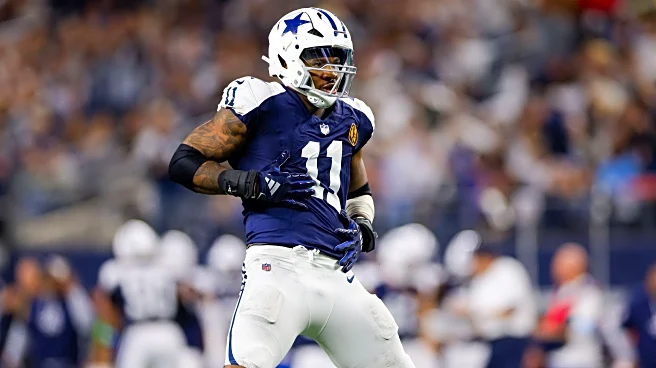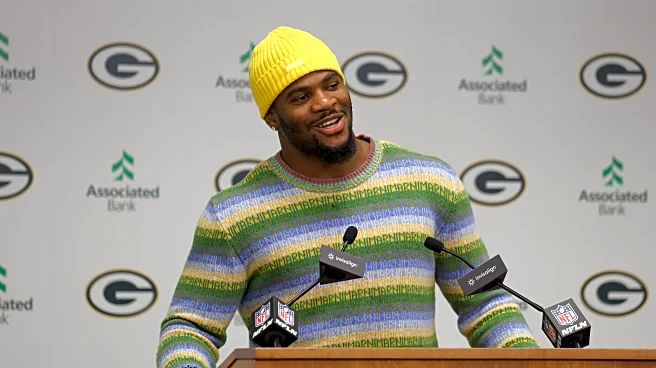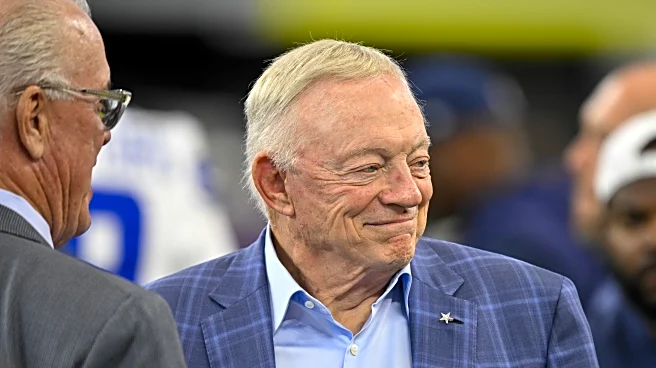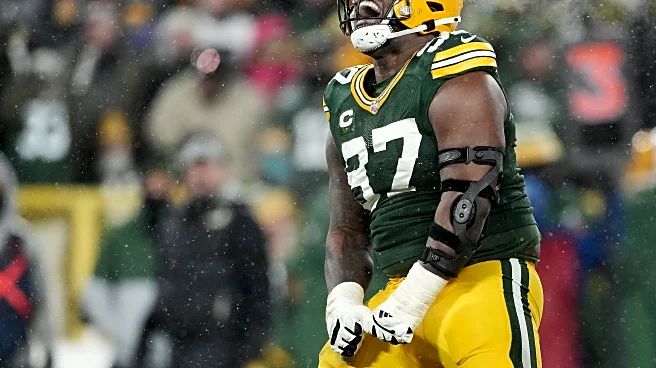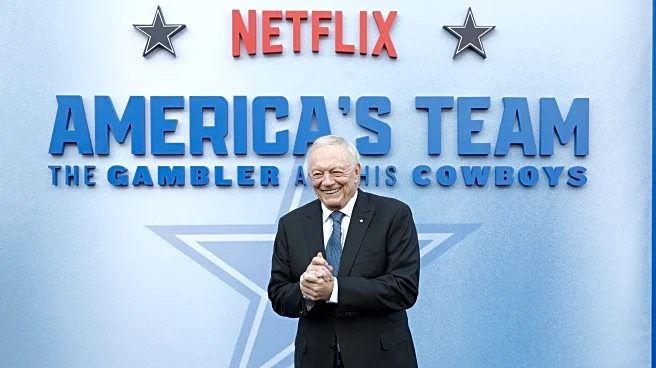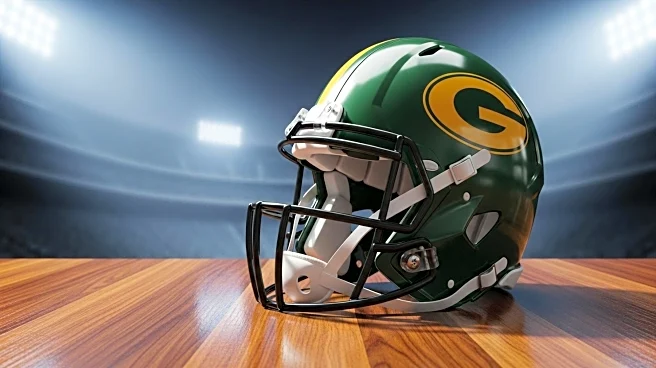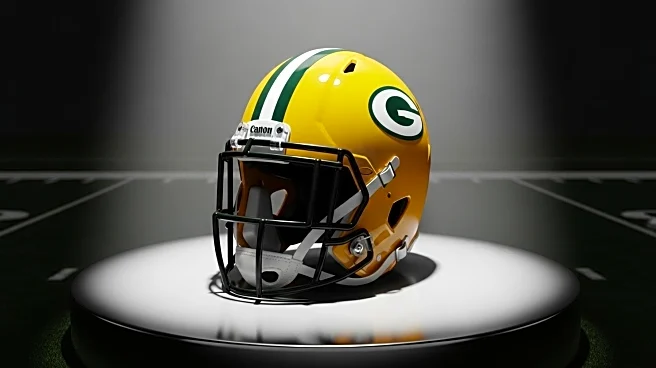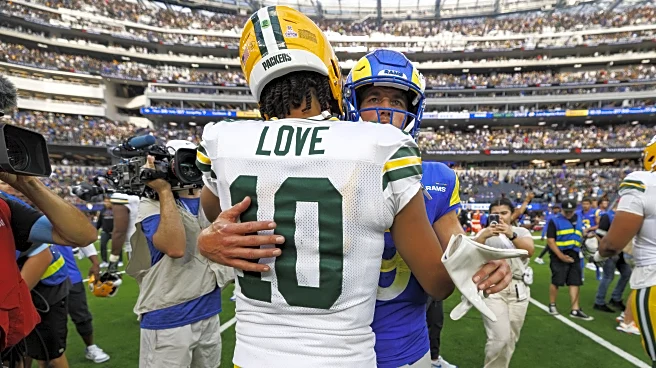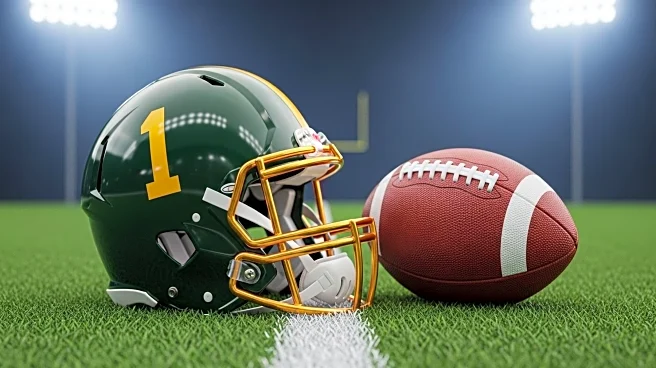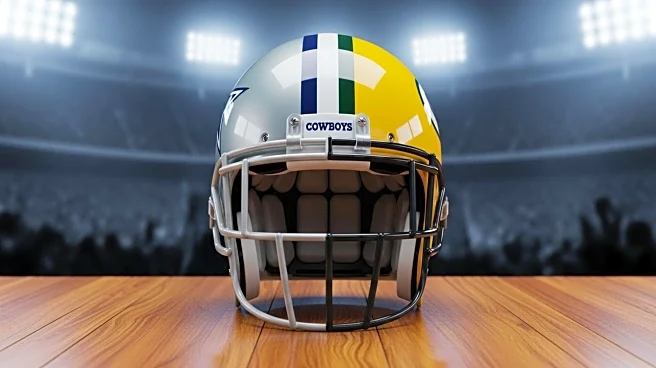
The Dallas Cowboys traded away Micah Parsons. It came as a shock to all of us, but what’s done is done. For the foreseeable future, the criticism will be hot and heavy as the most positive dividends should belong to the Green Bay Packers as their new defensive star wreaks havoc in the NFL. While there is no Vegas line for this, most would concur that the Pack got the better of this deal, and it’s not even close.
Such a sentiment was once believed to occur during Jerry Jones’ first year when they traded
away their best player, Herschel Walker. That did not go over well at first, but little did fans know what would eventually become of that.
But let’s be real here, there is no Jimmy Johnson to save the Cowboys this time around. The brains behind this operation are Jerry and Stephen Jones, Will McClay, and whatever input they’re getting from the coaching staff. While things may appear bleak for the trajectory of this trade, is that how it will unfold? Let’s examine all possibilities closely and see if we can forecast how this might play out.
The worst possible situation
This has a chance of being really bad. Kenny Clark will be 30 years old in October. Word on the street is he’s coming off a bad year. His stats reflect that. His 39 tackles are his lowest since his rookie season. If he’s on the decline, he will not be the answer the team is hoping for against the run, and things will continue to be hairy on defense.
The first-round draft picks the Cowboys will receive from Green Bay could be near the end of the round. Three times the Cowboys have picked outside the top 25 picks over the last decade. Taco Charlton and Mazi Smith are the first two. Tyler Guyton is the last one. Those are the only three players they’ve drafted in the first round who haven’t earned All-Pro honors going all the way back to 2013.
But hey, if the player and picks don’t work out, the Cowboys still have the cap space. Let’s all pretend to get excited about the money they’re probably not going to use to make the roster better, especially when it comes to spending money in free agency.
Meanwhile, in Green Bay, an already good team just got better. Their offense features a young quarterback in Jordan Love, a workhorse running back in Josh Jacobs, and a young receiving group that includes first-round wide receiver Matthew Golden and slot stud Jayden Reed. Even tight end Tyler Kraft is sneaky good. On defense, they have young players like Devonte Wyatt, Edgerrin James, Quay Walker joining veterans Rashan Gary and Xavier McKinney. And now they get one of the game’s best pass rushers in Parsons. With a stout team on both sides of the ball, the Packers are primed to win a Super Bowl with the help of the Cowboys’ best player. How can this trade get any worse?
It can’t. Because that is the worst possible scenario. And many are feeling down because this is where their mind goes when evaluating the trade. But what if it doesn’t go down like that at all? Let’s examine the other side of the coin.
The best possible situation
When it comes to Clark, he is a little order, but defensive tackles have a long shelf life. If you look at some of the games’ top DTs, there are several who are north of 30. Chris Jones (31), Leonard Williams (31), DeForest Buckner (30), Vita Vea (30), and Cameron Heyward (36) are ranked in the top 10 for defensive tackles.
Statistically, Clark may have dipped in production, but he was dealing with a foot injury he sustained in the first game of the season. He had surgery in January and should be back to form, and that form is pretty darn good. He’s strong, has violent hands, and great awareness to follow the play. Make no mistake about it, the Cowboys got themselves a good player.
Not only do the Cowboys get a strong player at a position of need, but they get him at a discounted price. The Packers signed him to a three-year, $64 million extension last year, but because of the trade, they are eating $2o.2 million of that cost. That means the Cowboys will have him for the next three seasons for only $44 million. And that includes a $2.3 million cap hit this year with an escape hatch next offseason that will come with no dead money should things not go according to plan. That’s a good setup for Dallas.
While the draft capital only consists of two late first-rounders, that’s still some premium draft capital. Even though the team had some misses, they’ve also had some hits. Since 2010, the team has had seven picks at 24 or later in the first round. Four of them (57%) have earned All-Pro honors (Dez Bryant, Travis Frederick, Byron Jones, and Tyler Smith). Their chances of getting some quality contributors are strong.
And they’re not limited to drafting at those spots. They can use that draft capital to move up, trade back, and acquire more picks, or even trade some draft capital to get a strong talent from another team to help them this year. They have options.
Finally, there’s the added cap space that would have otherwise been used on Parsons. While there is no reason to believe that money will burn a hole in their pocket and suddenly make them big spenders in free agency, they will spend it in some manner. Spreading that money over multiple players can help them retain more talent and become a stronger collective team.
While things certainly can turn out favorably for Dallas, it’s going to be hard to match what Parsons can do on the football field. And while that has been fantastic, people are still expecting him to take the next step. A big season from Parsons is eventually coming. Where is that 18+ sack season like T.J. Watt and Nick Bosa? When is he going to take down the Defensive Player of the Year award? Always the bridesmaid, never the bride. Parsons is an extreme talent, but a lot of his greatness is also based on what he can become. And at a $46.5 million average annual salary, the Packers are paying for that potential.
What if Parsons doesn’t get there? He’s never had more than 14 sacks in a season. Is it guaranteed to come? What happens when his speed starts to dip? Can he rely on his pass-rushing fundamentals to remain effective? Will his small size catch up to him? A 245-pound linebacker isn’t built to endure continuous pounding from 320-pound offensive tackles. He suffered his first injury last season and missed four games, and now he will try to unleash for his new team despite not practicing in training camp. He’s also been known to gas out and eventually wear down come playoff time. Is there a scenario where Parsons starts to falter a bit?
There are many different ways this could play out. We can’t just assume it’s going to crash and burn because we’re emotionally in a dark place. It has the potential to work out in the Cowboys’ favor. Only time will tell, but just keep in mind, there are a lot of factors in play here, and we could look back on this deal and determine the front office made the right call.
